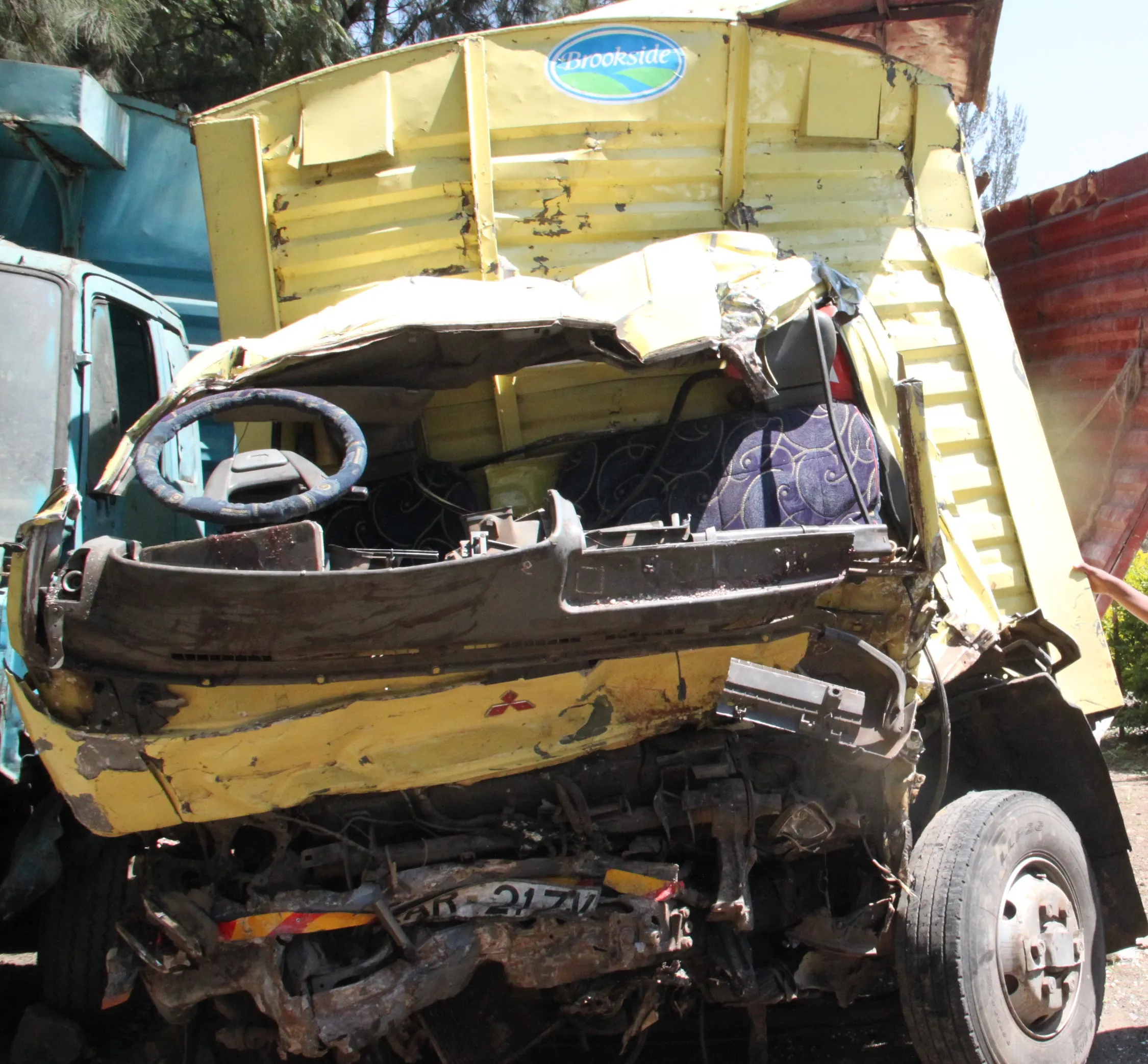Worrying figures have been revealed regarding the UK’s road casualty rate for the last 12 months year ending on June 2016. There were 1,800 reported road fatalities during this period, a 2% increase from the 1,770 recorded for the previous year.
However, this increase may come from a combination of factors that have come about by chance, rather than any specific change.
The killed or seriously injured casualties (KSIs) increased by 3% to 24,620 compared with the year ending June 2015. This change is s
November 3, 2016
Read time: 3 mins
Worrying figures have been revealed regarding the UK’s road casualty rate for the last 12 months year ending on June 2016. There were 1,800 reported road fatalities during this period, a 2% increase from the 1,770 recorded for the previous year.
However, this increase may come from a combination of factors that have come about by chance, rather than any specific change.
The killed or seriously injured casualties (KSIs) increased by 3% to 24,620 compared with the year ending June 2015. This change is statistically significant as the number of serious injuries has increased by a greater number than the fatalities. This suggests that different factors could be affecting each of the types of severities. One partial explanation, though, could be in changes in reporting practices leading to casualties who would have formerly been classified as slight injuries being reclassified as serious injuries.
On a positive note, the total number of casualties decreased by 2% to 185,010 and this change is statistically significant. It suggests that the decrease is a reflection of genuine changes in road safety rather than natural variation, although, it could also partly reflect changes in reporting practices.
Of interest is that motor vehicle traffic increased by 1.5% over the same period. Between April and June 2016, 450 people were killed in reported road crashes, a 7 increase from 420 in the same quarter of 2015. And KSI casualties increased by 2% to 6,080 over the same period.
Casualties of all severities decreased by 3% to 44,250 in comparison with the same quarter in 2015. But quarterly casualty figures are prone to fluctuation as they are strongly affected by external factors such as the weather. So the changes in quarterly casualty figures in this release should be interpreted with caution.
Motor traffic levels increased by 1% over the same period. In the year ending June 2016, fatalities increased by 2% and traffic levels rose by 1.5% compared with the previous year. As a result, the fatality rate/billion vehicle miles increased slightly by 0.2%. But total casualties decreased by around 2% over the same period. When combined with the rising traffic volume the overall casualty rate/billion vehicle miles decreased by 4% in the year ending June 2016. In comparison with the second quarter of 2015, fatalities increased by 7%, KSIs by 2% and overall casualties decreased by 3% in the period April to June 2016. Over the same period, traffic levels increased by 1%. As a result, the fatality rate/billion vehicle miles increased by 6%. The overall casualty rate fell by 4% over the same period.
There was a decrease in KSI casualties for pedal cyclists and motorcyclists in the year ending June 2016, but an increase in pedestrian and car occupant KSIs. Pedal cyclist KSIs fell by 3% to 3,350 and motorcyclist KSIs by 1% to 5,420 in the year ending June 2016. But pedestrian KSIs increased by 3% to 5,440 and car occupant KSIs by 9% to 9,290 in the year ending June 2016.
There were 1,950 child (aged 0-15) KSI casualties in the year ending June 2016, unchanged from the year ending June 2015. Child pedestrian KSIs decreased by 4% to 1,240. Child casualties of all severities decreased by 0.4% compared with the previous year to 15,980.
However, this increase may come from a combination of factors that have come about by chance, rather than any specific change.
The killed or seriously injured casualties (KSIs) increased by 3% to 24,620 compared with the year ending June 2015. This change is statistically significant as the number of serious injuries has increased by a greater number than the fatalities. This suggests that different factors could be affecting each of the types of severities. One partial explanation, though, could be in changes in reporting practices leading to casualties who would have formerly been classified as slight injuries being reclassified as serious injuries.
On a positive note, the total number of casualties decreased by 2% to 185,010 and this change is statistically significant. It suggests that the decrease is a reflection of genuine changes in road safety rather than natural variation, although, it could also partly reflect changes in reporting practices.
Of interest is that motor vehicle traffic increased by 1.5% over the same period. Between April and June 2016, 450 people were killed in reported road crashes, a 7 increase from 420 in the same quarter of 2015. And KSI casualties increased by 2% to 6,080 over the same period.
Casualties of all severities decreased by 3% to 44,250 in comparison with the same quarter in 2015. But quarterly casualty figures are prone to fluctuation as they are strongly affected by external factors such as the weather. So the changes in quarterly casualty figures in this release should be interpreted with caution.
Motor traffic levels increased by 1% over the same period. In the year ending June 2016, fatalities increased by 2% and traffic levels rose by 1.5% compared with the previous year. As a result, the fatality rate/billion vehicle miles increased slightly by 0.2%. But total casualties decreased by around 2% over the same period. When combined with the rising traffic volume the overall casualty rate/billion vehicle miles decreased by 4% in the year ending June 2016. In comparison with the second quarter of 2015, fatalities increased by 7%, KSIs by 2% and overall casualties decreased by 3% in the period April to June 2016. Over the same period, traffic levels increased by 1%. As a result, the fatality rate/billion vehicle miles increased by 6%. The overall casualty rate fell by 4% over the same period.
There was a decrease in KSI casualties for pedal cyclists and motorcyclists in the year ending June 2016, but an increase in pedestrian and car occupant KSIs. Pedal cyclist KSIs fell by 3% to 3,350 and motorcyclist KSIs by 1% to 5,420 in the year ending June 2016. But pedestrian KSIs increased by 3% to 5,440 and car occupant KSIs by 9% to 9,290 in the year ending June 2016.
There were 1,950 child (aged 0-15) KSI casualties in the year ending June 2016, unchanged from the year ending June 2015. Child pedestrian KSIs decreased by 4% to 1,240. Child casualties of all severities decreased by 0.4% compared with the previous year to 15,980.







